Passengers 13 Injuries (non-fatal) 0 Survivor 0 | Crew 3 Survivors 0 Date 19 February 1955 Fatalities 16 (all) | |
 | ||
Locations Sandia Mountains, Bernalillo County Similar TWA Flight 513, TWA Flight 6963, TWA Flight 599, TWA Flight 903, TWA Flight 159 | ||
Our hike to a plane crash twa flight 260 crashed on february 19th 1955
TWA Flight 260 was the Trans World Airlines (TWA) designation for a flight from Albuquerque, New Mexico to Santa Fe, New Mexico. On February 19, 1955, the 40-passenger Martin 4-0-4 prop plane used by TWA for that route crashed into the Sandia Mountains. Its deviation from the normal flight path, initially believed to be the result of pilot error, was revised to "unknown" given that the contribution of other factors could not be definitively ruled out.
Contents
- Our hike to a plane crash twa flight 260 crashed on february 19th 1955
- Plane crash twa flight 260 crashed on february 19th 1955
- History
- References
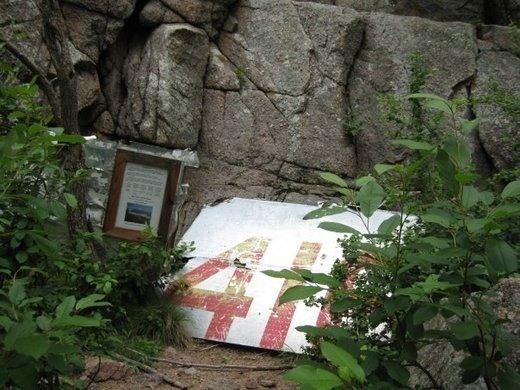
Plane crash twa flight 260 crashed on february 19th 1955
History
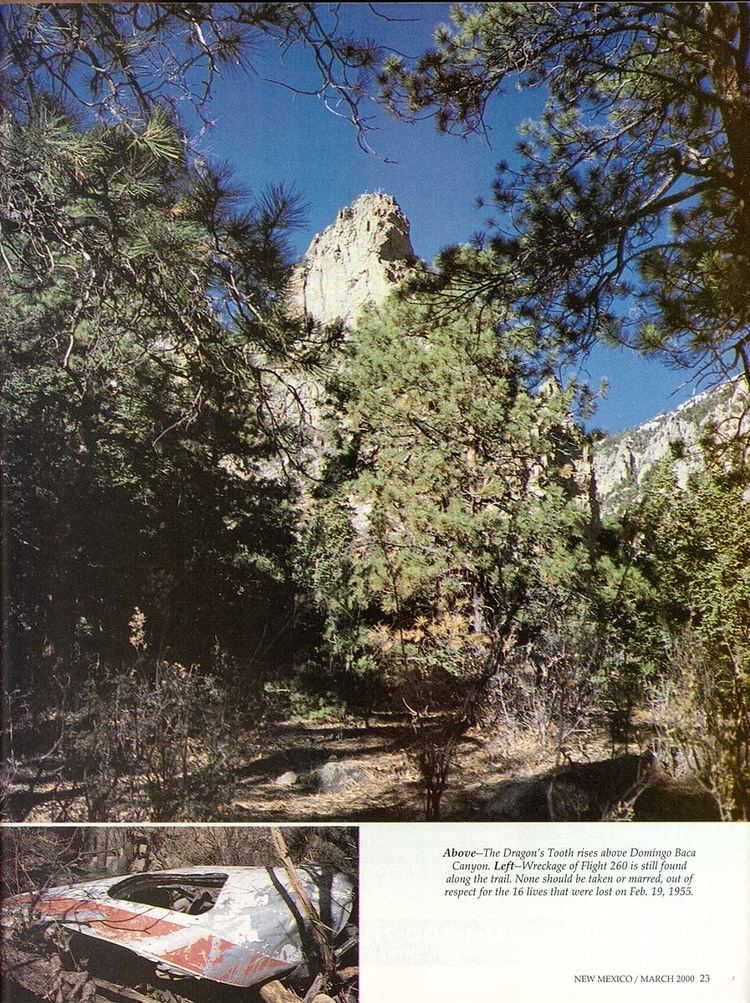
On February 19, 1955 at 7:03 am, TWA flight 260 en route from Albuquerque, New Mexico to Santa Fe, New Mexico received an IFR clearance from the Albuquerque tower ("ATC clears TWA 260 for approach at the Santa Fe Airport via Victor 19 climb northbound on the back course of the ILS localizer"). There were no further communications after the aircraft took off at 7:05. It was last seen in a high-speed shallow climb toward the cloud-shrouded Sandia Ridge at an estimated altitude of 3,000 feet above ground level.
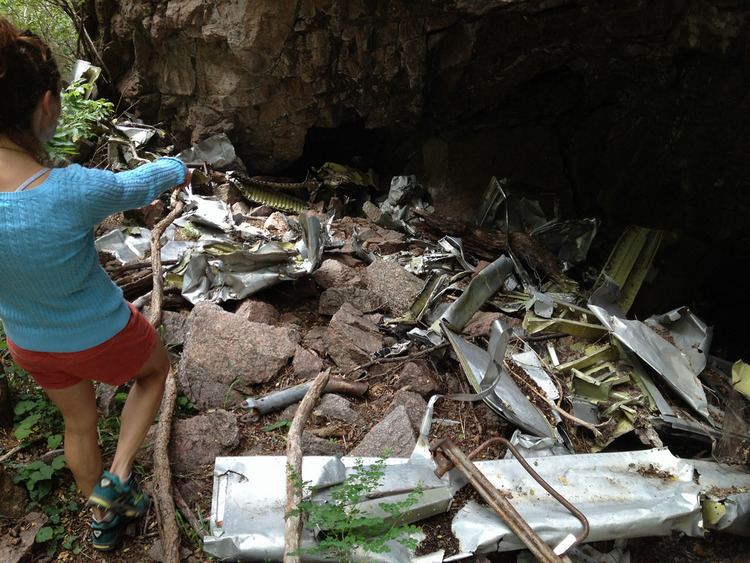
At 7:13 the flight crashed into the Sandia Mountains killing all 13 passengers and three crew members on board instantly. Due to the complex mountainous terrain, a day after the crash several members of the New Mexico Mountain Club, along with other volunteers assisted the New Mexico State Police in the recovery efforts leading to the formation of the Albuquerque Mountain Rescue Council, a voluntary organization still active today.
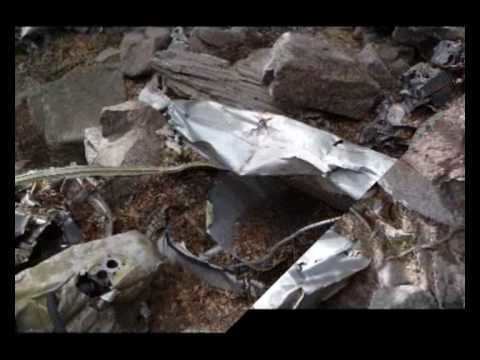
Wreckage from the craft still remains, and can still be seen on brightly lit days by riders of the Sandia Peak Tramway, a popular tourist attraction active since 1966. The location is locally referred to as "TWA Canyon" to this day.
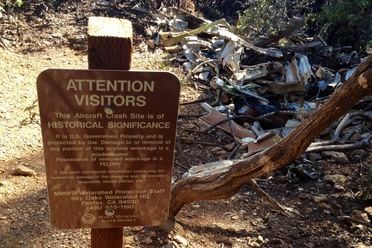
The initial Civil Aeronautics Board (CAB) Accident Investigation Report was released on October 12, 1955. Originally the cause was believed to be that the pilots were “intentionally flying the plane into the mountain”. This initial CAB "probable cause" adopted a widespread rumor: it implied a "suicide pact" between the two airline pilots. An amended accident report (second version) was released by CAB on August 26, 1957, which deleted the word "intentional".
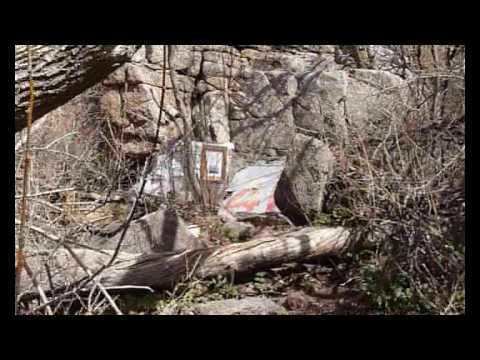
After much effort by Captain Larry DeCelles, working cooperatively with the CAB's investigators to understand pilot reports about latent faults in a fluxgate compass appearing only after extended intervals with turn bank-angle, the CAB finally issued its third version of the report on June 15, 1960: the probable cause was changed to “deviation from the prescribed flight path for reasons unknown” given that malfunction of the fluxgate compass as a contributing factor could not be entirely ruled out. Pilots had complained of that particular aircraft's radio-magnetic indicator (RMI) malfunctioning under certain operational circumstances, but maintenance personnel had been unable to duplicate the complaint on the ground and returned the aircraft to service.
After the fatal flight, the captain, Ivan Spong, and co-pilot, James Creason, were primarily blamed for navigational malfeasance by the CAB, resulting in many instances of Captain Spong's widow receiving "death-threat" phone calls, presumably from victims' surviving relatives or friends. Only after accident-site souvenir-hunters' discovery of the aforementioned RMI was laboratory testing able to reproduce the instrument's navigational errors. While "in order to accept the theory offered, the Board must conclude that both crew members were completely oblivious to all these [countervailing] indications, that their attention was focused entirely on the RMI, and that they did not cross-check any other flight instruments", this evidence convinced the CAB to amend the accident report to include instrument error as a possible contributing factor. The CAB's third version of their Accident Report discussed their willingness to work cooperatively with experts from the airline and the pilots' association toward revising its previous report.
The Board recognizes that the theory of the fluxgate compass error advanced by the [Air Line Pilots Association] can not be disproven. Such error may account for the initial directional error of the flight heading the aircraft toward the Sandia Mountains. However, it can not account for the continued flight long past time the crew should have noticed the error.
